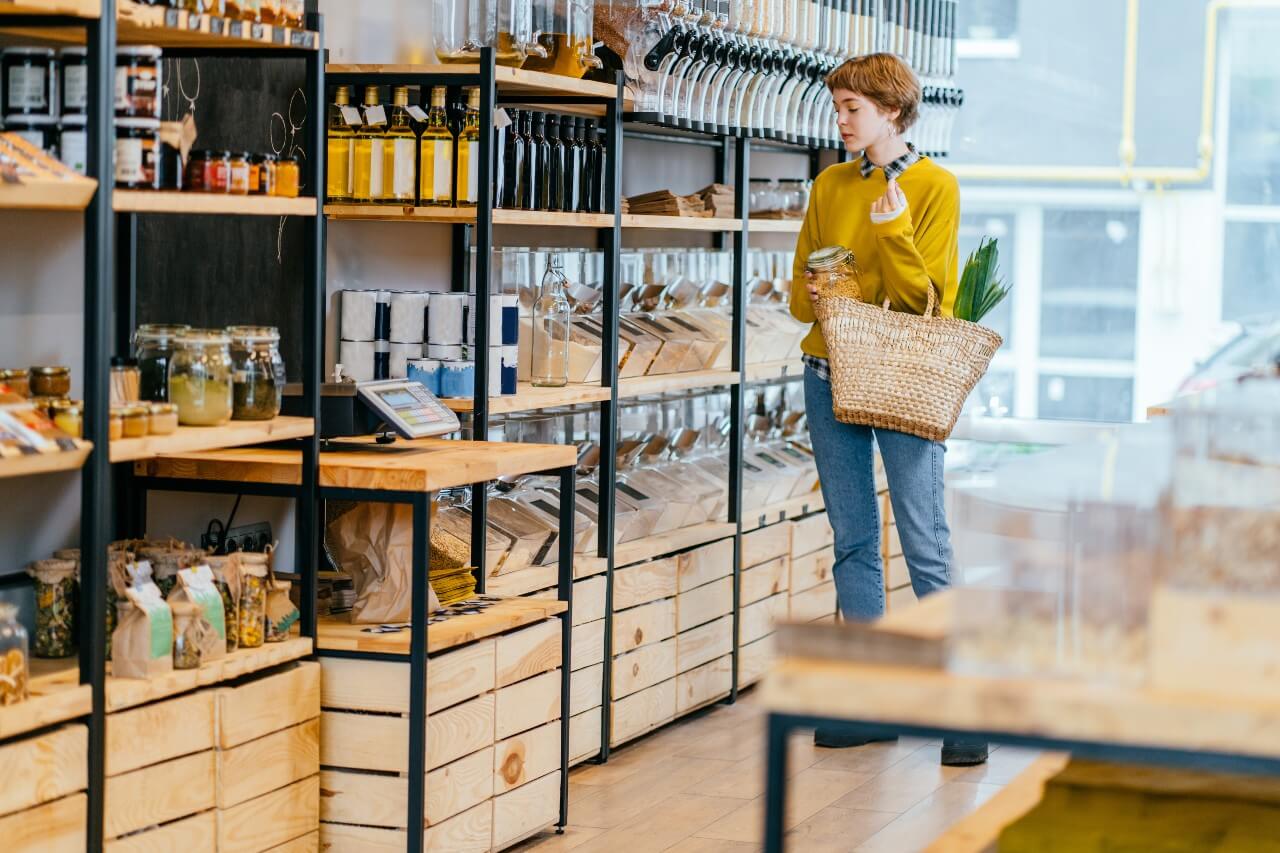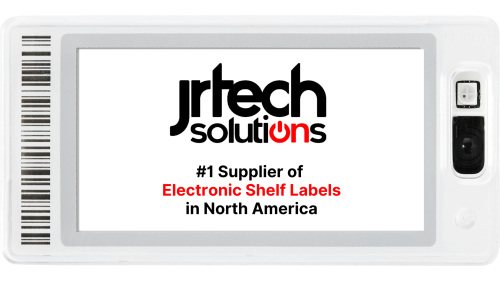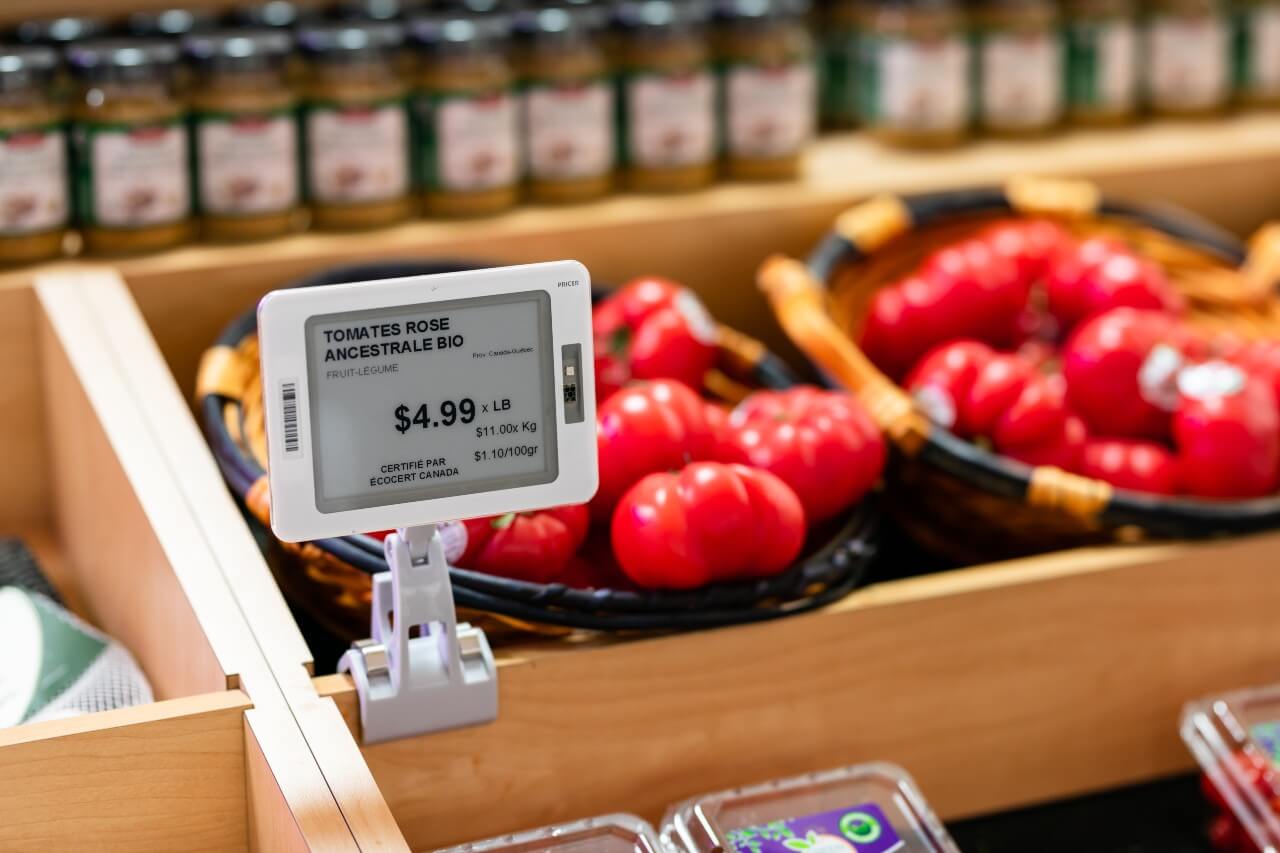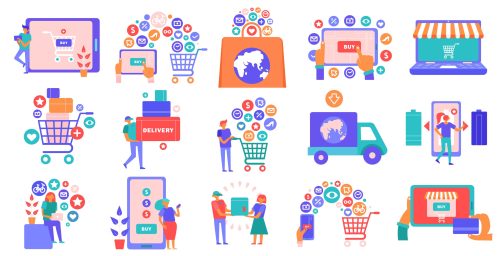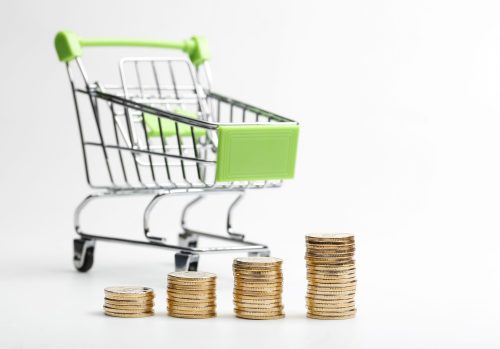A dark store is a converted retail outlet or small warehouse-like distribution center that fulfills orders customers place online. Order fulfillment may involve home delivery, curbside and/or in-store pickup options. Dark stores generally do not provide in-store shopping.
With the meteoric rise in popularity of online shopping, the dark store model is quickly gaining traction among brick-and-mortar retailers. Discover the origins, benefits and requirements of dark stores in this article!
The origins of dark stores
Dark stores are a new retail business model that was born out of necessity during the COVID-19 pandemic. The restrictions left many storefronts closed for months at a time, and consumers were told to stay home and avoid contact with others. Online ordering surged, and brick-and-mortar retailers were left looking for ways to move their inventory and stay competitive in the new reality.
As a result, many brick-and-mortar locations converted, at least temporarily, to fulfillment centers and began to offer delivery and click and collect options that allowed customers to maintain social distance. While the era of lockdowns appears to be behind us, the popularity of online ordering and the resulting consumer expectations are here to stay.
How dark stores work
At dark stores, orders are placed online and employees walk among the shelves picking items to fulfill them. The interior may resemble a conventional store, but the layout is optimized for order picking and the aisles are more densely packed, since they aren’t designed to accommodate in-store shoppers. There’s also no need for promotional displays or digital signage, because customers aren’t there to see them.
Orders are displayed on handheld tablets, and pickers place the necessary items on trolleys, often picking for more than one order at a time. The orders are then packed for in-store or curbside pickup or sent out by van for delivery.
Home delivery
Purpose-built dark stores are often situated on the outskirts of cities near convenient roadways to facilitate delivery, unlike conventional shops, which tend to be centrally located in high-traffic areas to encourage walk-ins. Fleets of vehicles deliver orders on routes optimized for peak efficiency and may even offer same-day delivery.
Curbside pickup
Dark stores usually have designated parking spaces for curbside pickup. Customers can pull up in their vehicle and have their order brought out to them by an employee for a convenient, contactless experience.
In-store pickup
If in-store pickup is available, there will usually be a specially-designated area for it inside the building near the front entrance. This is a great option for customers who aren’t interested in wandering through the aisles to find their items but still want to inspect them or try them on before finalizing their purchase.
The benefits of dark stores
Dark stores have a wide variety of benefits for customers and businesses alike.
Customer convenience
Dark stores improve the customer experience because they offer the convenience of online ordering and several different ways to obtain the items purchased. Shoppers are spared the lengthy process of searching through the aisles and can choose easy, fast delivery straight to their doorstep or pick-up options that can include inspecting the merchandise or contactless collection, whichever they prefer.
Space and organization
Dark stores can be situated in more outlying areas, resulting in lower real estate costs and allowing for larger premises. A dark store may be as much as two to four times larger than a conventional retail store. With extra space and narrower aisles, dark stores have much more room for additional inventory, meaning a greater number of options and fewer stock shortages for customers.
Furthermore, the layout of a dark store can be optimized for picking orders rather than being designed for visual merchandising purposes.
24/7 operation
Some dark stores operate around the clock, picking and packing orders overnight and providing pick-up and delivery services during normal shopping hours. While conventional retail stores are usually subject to laws that restrict their operating hours, dark stores are not bound by the same restrictions and can operate 24/7, 365 days a year.
Efficiency and control
Since their operations are geared towards picking and fulfilling orders that are placed online, dark stores work with modern technology to make the process as efficient as possible. Automation and optimization help them fulfill more orders faster and with less personnel.
Furthermore, the use of technology and the fact that all items are picked by employees give dark store operators much more control over their inventory than conventional retailers.
The technological requirements of dark stores
Technology is the key to success for dark stores. They need software that can automatically assess the online orders placed, organize and optimize the list of items to be picked based on store layout, and send that information to the employees responsible for the task.
Electronic shelf labels are also vital technology for dark store efficiency. They can be used in conjunction with store software and geolocation technology to guide pickers to the correct items more quickly. Flashing label lights alert employees to the location of the next item, shaving off 5 to 10 seconds per pick and boosting pick rates from an average of 25 per hour to up to 150.
Furthermore, electronic shelf labels can display important information to help streamline inventory management—current stock status, next scheduled replenishment, item details, sell-by dates and more can be accessed quickly and easily.
Equip your dark store with electronic shelf labels from JRTech
The dark store model is here to stay, and it can provide many benefits for retailers that know how to make the most of it. Using the right technology is key to maintaining efficient operations, keeping an eye on stock to minimize waste and shortages, and providing customers with a positive experience.
Whether you are a dark store operator or a conventional retailer, you can benefit greatly from the world’s most reliable electronic shelf labels system, offered by JRTech Solutions. Contact us today to streamline your business with our digital pricing technology!




